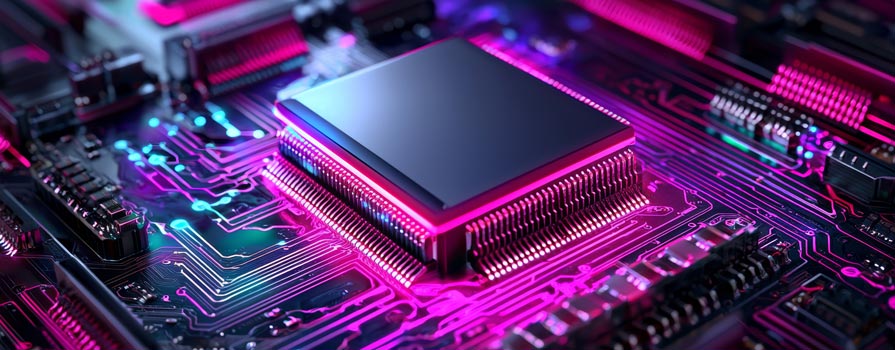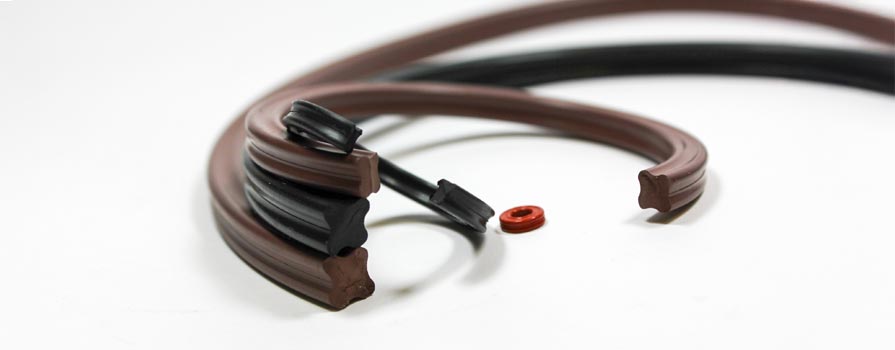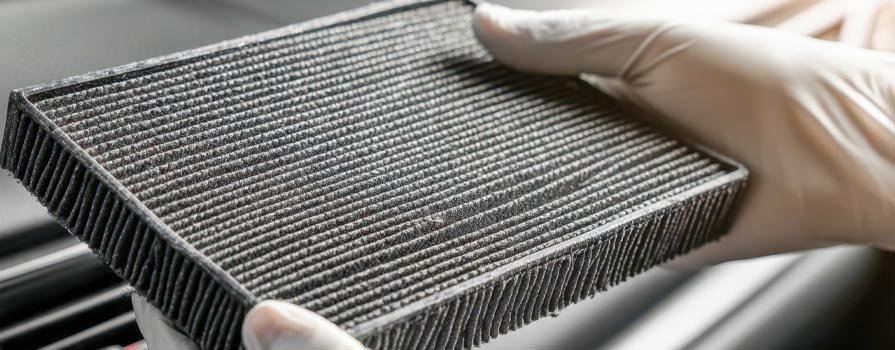As electric vehicles (EVs) and plug in hybrid vehicles (PHEVs) continue to be adopted widely by consumers, the technology used to charge batteries has advanced exponentially. Charging, which previously took several hours for a full battery, has been streamlined to just a few minutes.
Increased charging speed requires several components that handle more power and additional solutions to maintain safe operating temperatures. Power inverters produce the most heat in these systems and require precise thermal management.
Why are Inverters and Converters Important?
Alternating current (AC) and direct current (DC) are electricity types with different directional current flow. Both AC and DC are critical for electric vehicle operation, but are used in different ways.
Electricity is drawn from the power grid as AC. Most electronic devices and appliances run on alternating current, but electricity in this form cannot be stored. In order to store power from the grid in onboard EV batteries, alternating current needs to convert into direct current. Once the electricity is stored, it must be converted back into alternating current for efficient use by the electric motor and other on-board electronic components.
Power inverters and converters are critical components that provide electrical current in the right format. Power converters are electronic devices that convert alternating to direct current to be stored for later use. In contrast, power inverters convert stored electricity from DC back into AC once it is drawn from the battery for immediate use by on board components. Both inverters and converters are also used to step voltage up or down to the most efficient output.
Inverters and converters can be found in electric vehicle charging stations (to convert AC from the grid into DC for the vehicle battery) or on board the electric or hybrid vehicle (to change drawn power from home chargers from AC to DC, or to convert DC to AC for on board component use). Often, converters and inverters are combined in the same unit within the charging system or on-board charger.
Why is Inverter Cooling Important?
Changing current flow direction back and forth from alternating current to direct current and continuously stepping voltage up and down generates a high heat load within the system. If left unmanaged, this heat can lead to thermal runaway, which can damage the vehicle, batteries, charging stations, and can be unsafe for vehicle occupants.
From IGBTs, MOSFETs, and other transistors to microcontrollers, each component within inverters and converters creates heat and must be cooled. Due to the high heat load, inverters generally have their own thermal management systems.
Inverter thermal management systems often include customized liquid cold plates with specially machined flow paths and augmented fins mounted to the inverters and converters. Die-cast heat sinks are often incorporated for IGBT cooling and other individual components. Thermal interface materials, such as thermal pads, greases, and gap fillers are incorporated to facilitate heat transfer from heat producing components. These systems are highly customized to each unique converter or inverter cooling application.
Where Are Inverters and Converters Used?
While inverters and converters are critical for enabling efficient electric vehicle charging and operation, they are used across a myriad of other industries that involve high currents and voltages. Solar power grids, Battery Energy Storage Systems (BESS), refrigeration compressors, induction heating, and even many consumers electronic devices are applications where inverters and converters are common.
The Boyd Difference for Inverter Cooling
Boyd has decades of experience providing thermal solutions for the power management industry and has shipped more than a billion eMobility components worldwide. Our extensive supplier network, material science experience, and engineering expertise can be leveraged to incorporate multiple capabilities into vertically integrated eMobility solutions. Whether it is protecting and cooling EV batteries, optimizing touchscreen and telematic displays, elevating brand identity and more, Boyd helps you innovate and get to market faster.
To learn more about Boyd’s thermal solutions, visit our eMobility page or schedule a consultation with our experts.






